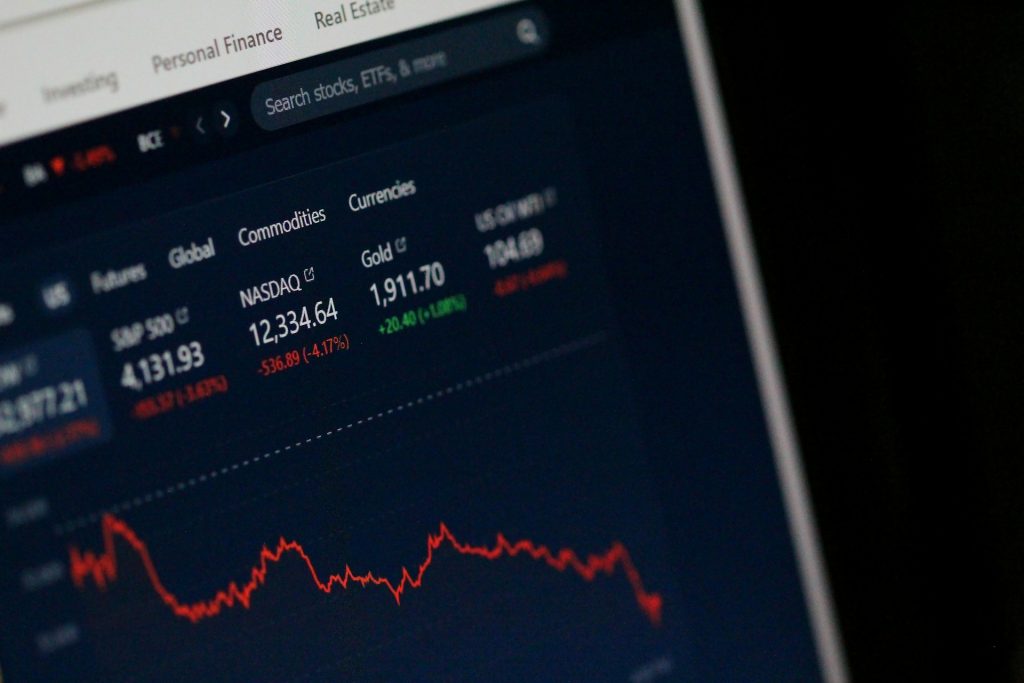
As a value investor, you would like to buy a stock for less than it is worth. To be able to do this well, you first need to figure out what the stock is worth. This is the process of estimating the intrinsic value of stock.
Estimating Intrinsic Value of Stock is an Art Learned with Experience
There are many different ways to estimate the intrinsic value. One simple way is to use what is called the Graham Number. Benjamin Graham observed that a well priced company often has stock that trades below 15 times earnings or below 1.5 times book value. To simplify the filtering process, he blended these two observations to give us the Graham Number.
Graham Number = SQRT(22.5 * EPS * BVPS) where 22.5 = 15*1.5
This works well for nice industrial companies that have a lot of tangible assets on the books. This will not work well for a tech company that is asset light and is growing rapidly.
So what to do?
There are many other ways to estimate the intrinsic value. You could consider multiples that are typical to the sector as a benchmark. You could do a Discounted Cash Flow analysis (that involves projecting future cash flows), or you can estimate the liquidation value of the business. The most conservative option would be to calculate the Net Current Asset Value, which values the long term assets as 0.
Growth with Value gives you the tools to calculate the intrinsic value using all of these and possibly more methods. Until you have some experience and you have begun to get a good sense of which method to use given the situation, I would recommend estimating the intrinsic value with a few different methods and then take the most conservative estimate as your working estimate.
What is the Appropriate Discount to Use?
Once you have an estimate of the intrinsic value of a stock, the next step is to insist on a discounted price. But what is the appropriate discount before you get interested in the purchase?
I will give you my perspective.
Generally when I buy a stock, I look for about 30% return in the next 1 year. I expect the return to arrive as the gap between the intrinsic value and the current price closes as the market revalues the stock.
This may not work out in all cases. In some cases it takes longer than a year, in other cases the discount gets resolved very quickly after the purchase. After about 25 years of value investing, I have settled at 30% per year return requirement and it has been working out well for me.
So, for most stocks, I require a 30% discount to the intrinsic value estimate.
There are exceptions. If I find a special situation where I am convinced that there is a catalyst in the near term that will propel the stock price higher, earlier than 1 year, then I will be willing to take a smaller discount to the intrinsic value.
For example, I have invested in a company today that has a depressed stock price because an EPA rule change is going into effect in 2025, which would necessitate a change in the product offering. As a result, there is excess supply of the product in the market today (since it will be obsolete in few months time), and this has put pressure on the prices. I have done my due diligence and I know that this excess inventory will be worked out in less than a year and the company will regain pricing power.
I did get the stock at a significant discount, but even if the discount was lower, I may be interested as I have a very high confidence in this value being realized.
There are other situations where you may not even need to estimate the intrinsic value of stock. For example, if a company has moved to acquire the company you are looking at, and has already named the price they are willing to pay, this price becomes your intrinsic value of stock. The acquirer in fact is an informed investor who has likely done due diligence with access to far greater information about the company business. You may disagree with their offer price, but your job now is to play the cards as they have been dealt.
Photo by Anne Nygård on Unsplash

Shailesh Kumar, MBA is the founder of Astute Investor’s Calculus, where he shares high-conviction small-cap value ideas, stock reports, and investing strategies.
His work has been featured in the New York Times and profiled on Wikipedia. He previously ran Value Stock Guide, one of the earliest value investing platforms online.
Subscribe to the Inner Circle to access premium stock reports and strategy insights.
Featured in:








